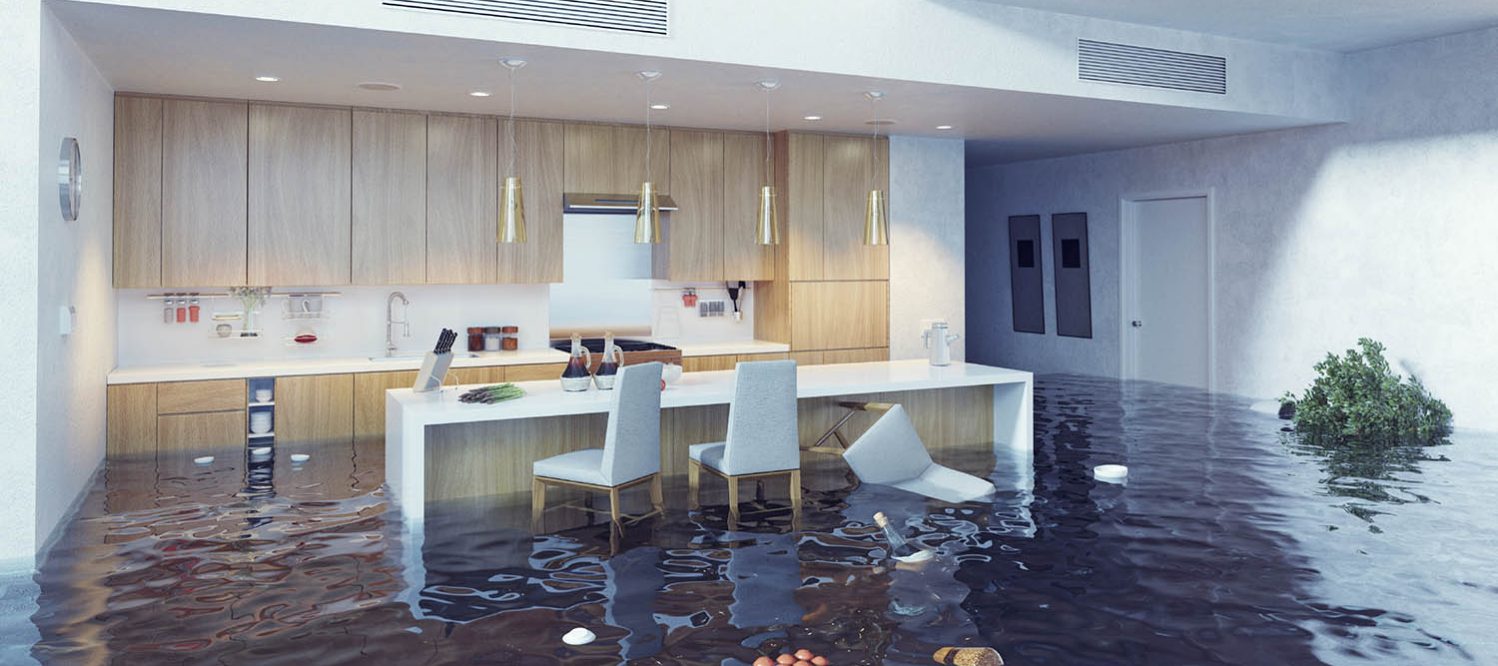Do's & Don'ts of Water Restoration.
Do's & Don'ts of Water Restoration.
Blog Article
Do you find yourself hunting for critical info about Ways to Reduce The Risk Of Fire And Water Damage?

Water provides life, water invasion on parts where it's not meant to be can result in damage. If the water soaks right into your framework, it can peel away surfaces and also wear down the foundation. Mold and mildew and also mildew additionally thrive in a moist setting, which can be hazardous for your health and wellness. Residences with water damage smell old as well as musty.
Water can come from lots of resources such as tropical storms, floodings, ruptured pipelines, leaks, as well as drain issues. In case you experience water damage, it would certainly be excellent to know some safety and security preventative measures. Right here are a few guidelines on just how to manage water damages.
Do Prioritize Home Insurance Coverage
Water damages from flood dues to hefty winds is seasonal. You can additionally experience a sudden flooding when a defective pipeline suddenly ruptures into your house. It would be best to have house insurance policy that covers both acts of God such as natural catastrophes, and also emergencies like damaged plumbing.
Do Not Neglect to Turn Off Utilities
This cuts off power to your entire residence, stopping electric shocks when water comes in as it is a conductor. Don't neglect to turn off the primary water line shutoff.
Do Stay Proactive as well as Heed Climate Notifies
Tornado floodings can be very uncertain. If there is a history of flooding in your community, remain prepared as well as positive. If you live near a river, lake, or creek , listen to evacuation warnings. Obtain prized possessions from the very beginning as well as basement, then placed them on the greatest possible level. Doing so lowers potential residential or commercial property damage.
Don't Ignore the Roofing System
Prior to the weather transforms shocking, ensure you have a roof covering evaluation. It would certainly be sensible to receive this service every year as it can minimize complex issues. You can prevent rainfall damage if there are no holes and leaks in your roofing. Your roofer will also look after defective gutters or any other indications of weakening. This will avoid water from flowing down your walls and also saturating your ceiling.
Do Focus On Tiny Leaks
A burst pipe does not take place over night. You might notice bubbling paint, peeling off wallpaper, water touches, water discolorations, or leaking noises behind the walls. Have your plumbing fixed prior to it results in massive damages.
Don't Panic in Case of a Burst Pipe
Keeping your presence of mind is vital in a time of crisis. Panicking will just worsen the issue since it will stifle you from acting quickly. When it comes to water damages, timing is crucial. The longer you wait, the more damage you can anticipate. Thus, if a pipeline bursts in your house, instantly shut down your primary water valve to cut off the resource. Unplug all electrical outlets in the location or turn off the circuit breaker for that component of the residence. Lastly, call a trusted water damages remediation professional for assistance.
Water provides life, water invasion on parts where it's not supposed to be can result in damages. Homes with water damage odor mildewy as well as old.
Water damages from flooding fees to heavy winds is seasonal. You may observe bubbling paint, peeling wallpaper, water streaks, water spots, or dripping audios behind the walls. When it comes to water damage, timing is key.
Water Damage Do's and Don'ts
Do's
Always use rubber gloves to protect your hands & rubber boots to protect your feet and legs. Damage from water and bacteria growth can begin within hours. Call for professional help. Remove as much water as possible by mopping and blotting with sponges. Pull up wet rugs and carpets if hardwood floors are below. Lift draperies off the floor, loop through a coat hanger and place the hanger on the drapery rod. Wipe furniture, prop up wet furniture cushions for even drying and place aluminum foil under furniture legs. Move photos, paintings, art objects, computers, other electronics and valuables to a safe, dry location. Do not remove books from shelves. Pack them tightly to prevent page warping until a restoration professional can begin this specialized drying. Ventilate wet areas. Turn on air conditioning for faster drying in summer (only if there is no visible mold) and winter, alternate cycles of opened windows and heating. Also, open drawers, closets and cabinet doors to enhance drying. Don'ts
Do not enter rooms where there is wet and sagging ceiling! Do not enter a room with standing water until electricity has been turned off. Do not use a regular household vacuum to remove water. Use heat to dry closed building interiors. Mildew and more moisture damage can occur. Do not use electrical appliances while on wet carpet or flooring. Do not disturb visible mold. https://www.myknowledgebroker.com/blog/personal-insurance/water-damage-dos-and-donts/

We were shown that write-up about Ways to Reduce The Risk Of Fire And Water Damage from an associate on our other web page. Feel free to take a moment to share this blog if you appreciated it. Thank you for taking the time to read it.
Report this page